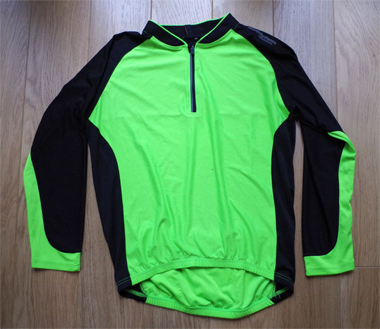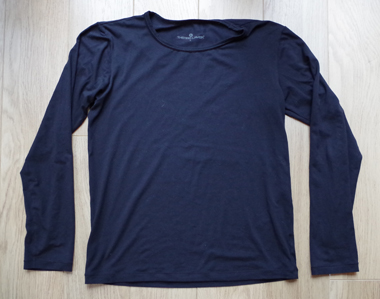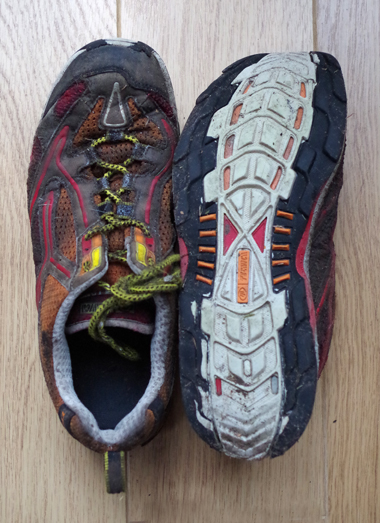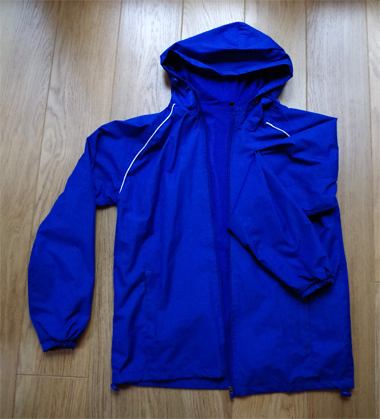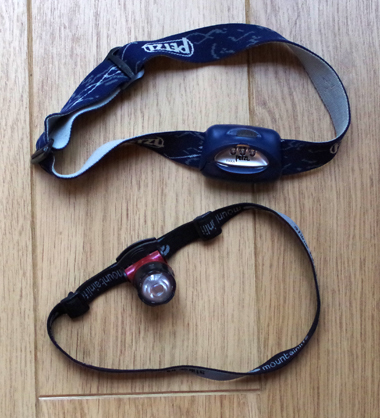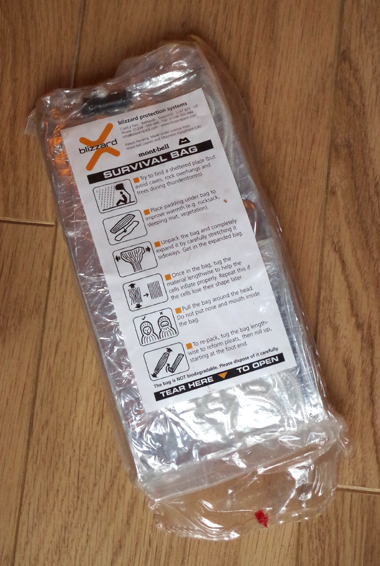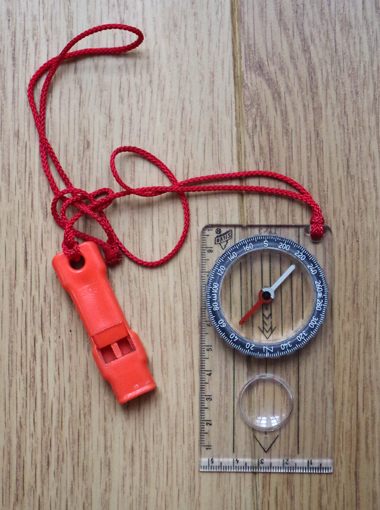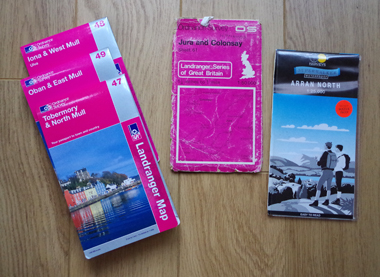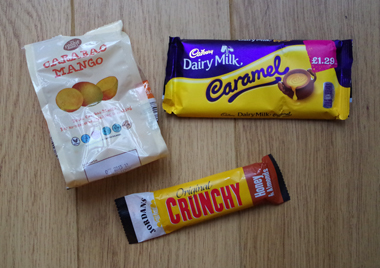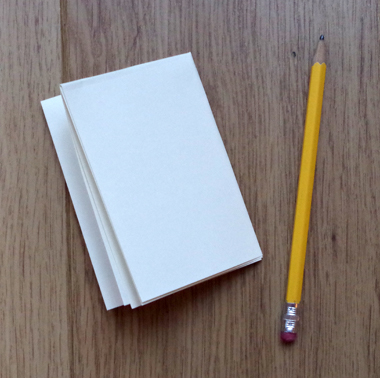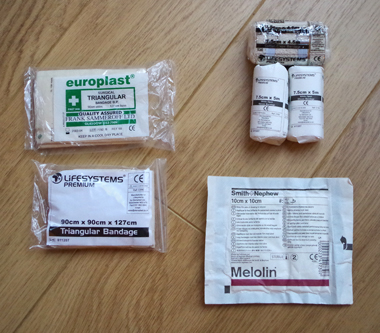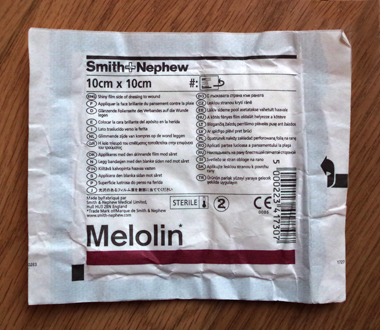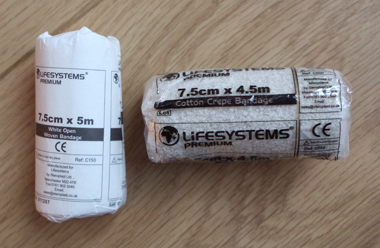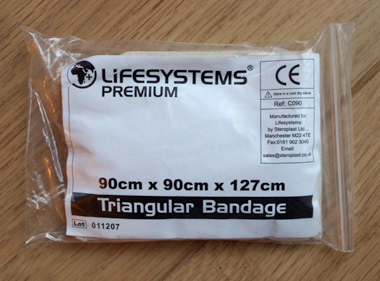Please Note: the Kit List has been reviewed by the Running subcommittee for 2024. There is a small change to the First Aid Kit and a change to introduce for the first time a bothy bag shelter. Please read on for further information. The changes are highlighted in red in the text document.
Click here to download the (text only) runner’s kit list, common to all classes.
We get a number of questions about various items on the kit list, so we’ve put together this page to help answer some of those. All photos can be clicked on to view a larger image.
The initial kit check in Oban will be a thorough one, the marshals will need to see every single item in the kit list in good working order, for each runner, before your team is allowed to start the race. The kit checks on the islands will be much quicker, but you still need to ensure your entire kit is on hand; no one is ever happy about being sent back to their boat for a missing item.
This kit is set out for your own safety, and in the rare occurrences when it has been needed it has proven it’s efficacy. Please do not argue with the marshals about items in the kit; you will lose.
Warm head covering (eg. hat or balaclava). Fairly self-explanatory: keep your noggin warm.

Warm neck covering (eg. buff, bandana, balaclava). This may to be a separate item from the head covering: you need to be able to keep your head and neck warm at the same time.
Warm gloves or mitts. Your hands want to join the warm party.
3 tops – (technical, breathable or thermal material) at least 1 long sleeved. As long as there is at least one long sleeved shirt, you can have these in whatever combinations you choose. For instance, a long sleeved thermal top is completely acceptable.
Long trousers to cover the whole leg – tracksters or leggings. Tracksuit bottoms, thermal longhorns, we’ve even seen pyjama bottoms. Hey, if that’s what makes you happy.
Adequate footwear – fell shoes or trail shoes only. The tread on your shoes will be checked. If you really want to impress the marshals, turn them over when placing them on the table. Also spray them with deodorizer.
Waterproofs – jacket with taped seams and attached hood (e.g. Gore-Tex or similar) and waterproof over trousers. If you have ones that roll up in an impressively small bundle be warned: we will ask you to unpack it. We have to check for the hood. But then we will be suitably impressed by it’s tiny size.
Head torch (LED) with spare batteries or spare headtorch. It’s up to you if you want to carry two torches, or a torch with spare batteries. Marshals at the Oban kit check will ask you to turn your headlamp on; it would be exceptionally awesome if you could not blind us whilst doing so.
Either a Bothy Bag, one per team, (minimum 2 person bag). And an orange Bivvy bag or Blizzard Survival Bag for each person
Or
A Blizzard Survival Bag for each person. We specifically need to see a Blizzard Survival Bag or Active Range Bag and not a Blizzard
Compass & whistle. Many rucksacks these days seem to have whistles built in, which is great. We’ve seen compasses built in/on things as well. As long as they both work, it’s all good.
Route maps – a full set of route maps for each runner competing, should be presented at the kit check at Oban, however only the map for each island route needs to be carried on that island – e.g. only carry Mull Map when on Mull. Route maps should be laminated or carried in a waterproof carry case. Which brand of map you carry is up to you, though it has to encompass the entire route for the run. It’s really not a bad idea to have more than the route on your maps, in case you get off course somehow. Laminated, in a carry case, doesn’t matter so long as it’s weather proofed. At the kit check in Oban we need to see all of your maps (one full set per runner), but thereafter you will only need the map for the section you are about to run. If you’re an All Rounder or Youth team, we need to see a full set of route maps per run section, as opposed to per runner… so, for instance, the person running just the Mull leg does not need to have the Jura and Arran maps, as long as the team has sufficient maps for all the legs. You do not need a route map for the Oban section of the race.
Emergency rations – minimum 1000 calories. We need to see at least 1000 calories of chocolate or gels, jelly babies, nougat, dried fruit, etc… You can eat your rations during the race, that’s why they’re there. Just make sure you start each island with a minimum of 1000 calories. Marshals will be happy to assist in the disposal of extra chocolate and jelly babies. Especially jelly babies.
Means of carrying minimum 500ml of water. Drinking straight from a stream may be your preferred method but that’s only useful when you can get to a stream – doesn’t do much good if you or your partner has an injury.

Pencil & paper. Yes, really. We get asked about this one a lot. Two small items, but they can come in very useful. If you lose a tag, for instance, you can make one to leave at the checkpoints to show you’ve been there. If there’s an incident on the mountain, you can write coordinates. You can leave notes, you can take notes. We specify pencil because they’re far more water/weatherproof than pens. And yes you can do almost all of this with the wonders of modern technology, but only if you have battery power remaining.
First aid kit (in date) – one first aid kit per team including one large wound dressing, one triangular bandage, and three cohesive bandages (minimum 100cm x7.5cm). Please ensure that all runners know who is carrying the first aid kit at all times. Our first aid kit requirement is checked each year by a qualified First Aid instructor. If you wish to carry a more extensive kit, by all means do. This is just the bare minimum.
One large sealed and in date wound dressing. Some of these will actually say ‘large wound dressing’ on the packet, some will merely have a measurement like ours here. What we’re looking for is a sterile, non-medicated, non-adhesive dressing. These should have an expiry date clearly marked on them; dressings with no visible date will be assumed expired.
Three cohesive bandages, such as a crepe bandage or flow wrapped open woven bandage show below. Plasters are not what we’re looking for, you need to be able to wrap these around.
One triangular bandage. We do not need to see expiry dates on these, as they are non-sterile and do not expire.
Race numbers (provided in the starter packs) must be visibly worn at each landing, including the Oban route. Runners should ensure that they know their boat number and name. You will be asked at landing stages for your number.
Yellowbrick trackers (provided at race registration). From 2022 onwards it is mandatory for all teams to carry these on both the sailing and running legs. Don’t be the team sent back to their boat to pick up their tracker!
Please note: we would also recommend that you bring with you a warm sleeping bag and warmer clothes for the boat journeys.
Use of mobile phones – the carrying of mobile phones is not a requirement, but you may find it advantageous to carry one. This may assist you and the marshals in the event of any emergency. If you choose to do so, please leave the number on the disclaimer form at Oban Registration. We also recommend pre-registering with https://www.emergencysms.net/ for the sending of emergency text messages.
The use of GPS for navigational purposes is not allowed on the running routes unless in the case of emergency.

